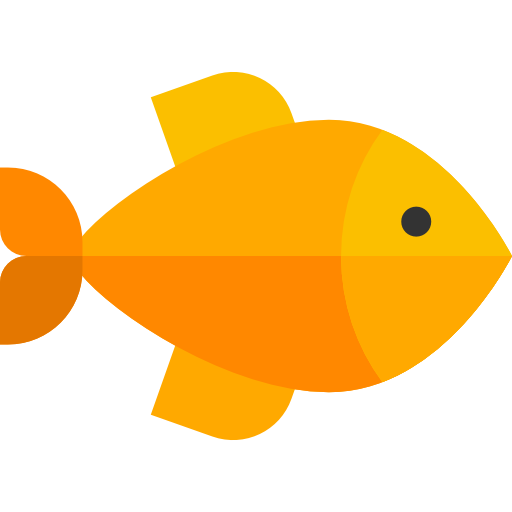Things to Consider When Designing Your Project
1. Ease of acquiring the materials – most middle schools and most households only have limited access to science type equipment. You probably won’t find beakers, burettes or graduated cylinders in the average kitchen.
2. The project should have an obvious dependent and independent variable, the experiment should show that *something* happens. What happens can then be explained by the student.
3. The project should be able to be completed in fairly short period of time. I would suggest no more than two weeks.
Now, you are probably at this page for some of those great ideas for your student (or child). As these projects often start with a question or a hypothesis. Here are some ideas…
Can a root tell up from down? Geotropism in Seedlings.
In this project, you will need to get some lima beans from the supermarket, soak them in water for 24 hours to encourage them to germinate. Place your soaked beans in a glass with a wet paper towel on one side (a petri dish can be substituted if you have access to those). You will want a few glasses or clear cups so that you can vary the way your bean is oriented. In 4-5 days, the roots and shoots will appear. It won’t matter which way your bean was placed….the roots will always grow downward, and the shoots will grow upward, a phenomenon called “GEOTROPISM” – or response to gravity. You can extend this experiment by flipping your glass after the shoot is growing to see if the root will turn and grow in a new orientation.
Does One Bad Apple Spoil the Whole Bunch? Fruit Ripening Experiments
When fruit ripens it releases a chemical that can cause a reaction in other fruits. Place an apple in a baggie and let it ripen until it gets overripe. Place the overripe apple in a bag full of unripe apples and record data over a few days. You will need a control in this experiment, so make sure you have another baggie that contains the same unripe apples that are not exposed to the overripe apple. This experiment will probably receive the best marks if you include lots of “yucky” pictures of the apples over time. You can, of course, substitute other fruits. The analysis should also probably include information about ethylene, which is the chemical that causes the ripening.
Do Fish React to Colors or Shape? Territorial Behavior in the Betta
This could be a fun experiment if you have the time and resources. Bettas are those colorful fish you see at the pet shop that are in the tiny little fish bowls. You can only put one fish in a bowl because two will fight – in fact, these fish are also called “Japanese Fighting Fish”. The question asked in the experiment is if the fish only react to other fish (you can put two bowls next to each other and watch for aggressive activity, like puffing up).
See if you can get the same sorts of reaction from using “fake” fish. Try varying your fake fish’s colors and shapes to see if the real fish reacts to one or the other. Caution: pet stores often have betta bowls on a shelf next to each other and the fish become desensitized to each other and will not react. You can fix this by buying two fish and keeping them apart for a few days before you run your tests.
 Does Temperature Affect the Breathing Rate of a Goldfish?
Does Temperature Affect the Breathing Rate of a Goldfish?
This is modified from a lab I do with my freshman biology class. It’s very simple to perform if you have a goldfish in a beaker (or glass) and a bowl full of ice. Basically you measure the breathing rate of the fish (it will open and close its mouth) at room temperature and then slowly lower the temperature and count the breaths. You can raise the temperature of the water bath also, but use caution, goldfish do not tolerate warm temperatures as well as they do cold. Changing the temperature of the fish too quickly may result in the goldfish death.
What Materials Are The Best Insulators?
This worksheet outlines a procedure you can do in the classroom with all your students.
This experiment can be used with household materials to see which materials hold heat the best. Use foam from pillows, down feathers, cotton, polyester or any other materials you can scrounge up. Take a glass of water and a thermometer and place in a bowl or other container. Add ice to the other container to lower the temperature of the water in your glass. Now compare how quickly the temperature changes if you insulate your glass with cotton or other materials. You may need to get creative with your design to keep your materials from getting soaked (try plastic) from the ice.
If you are still searching for ideas, We Are Teachers has 56 science fair project ideas!

